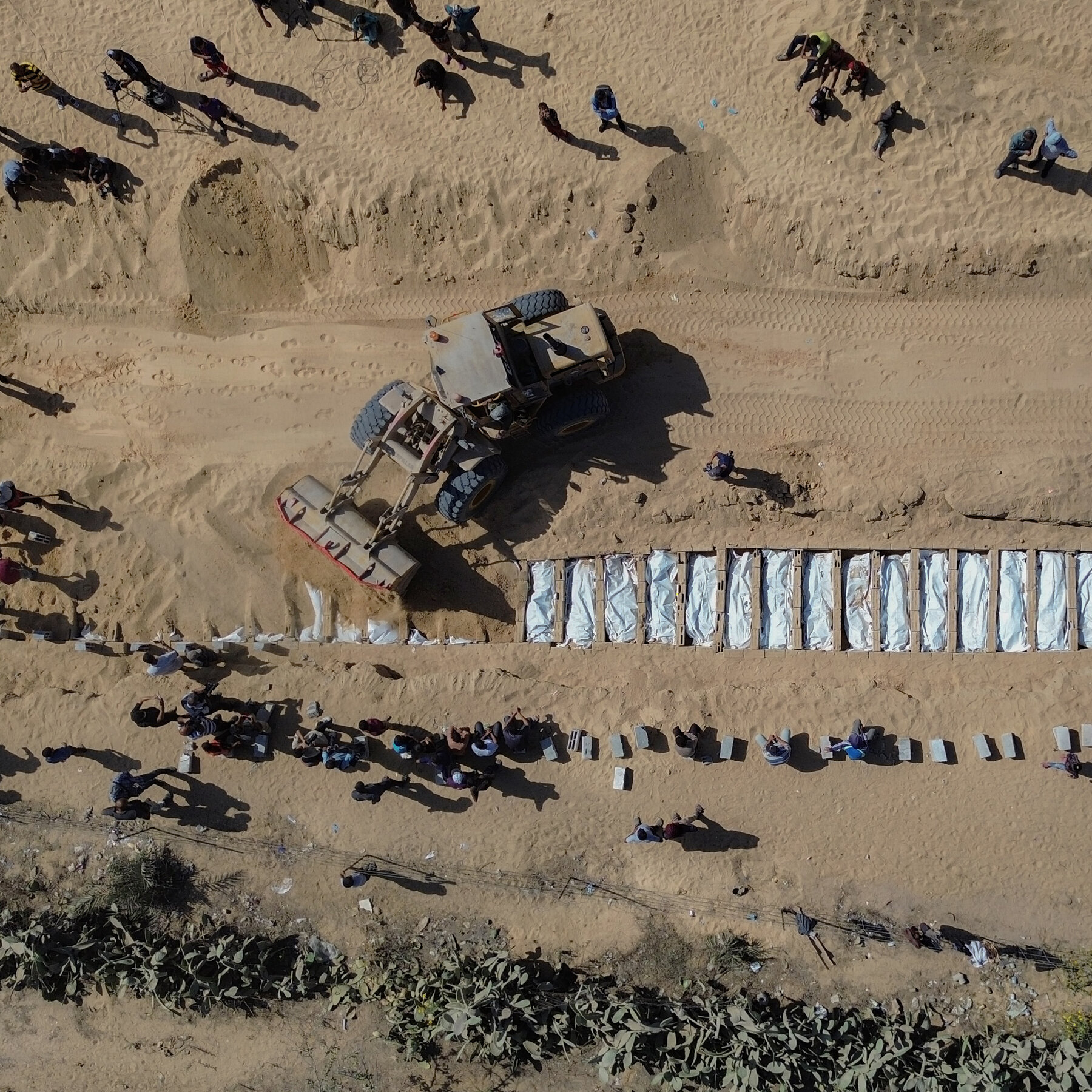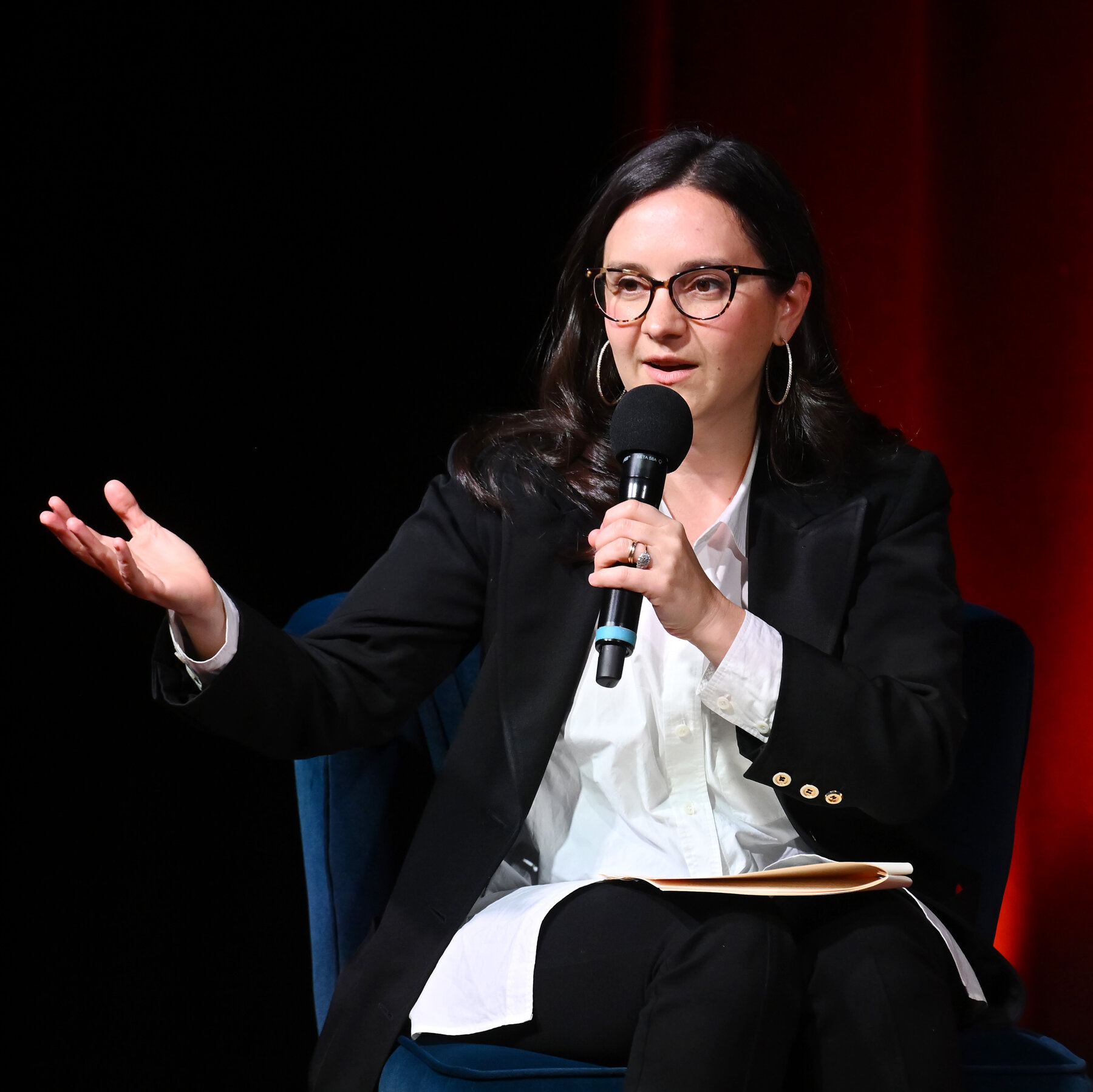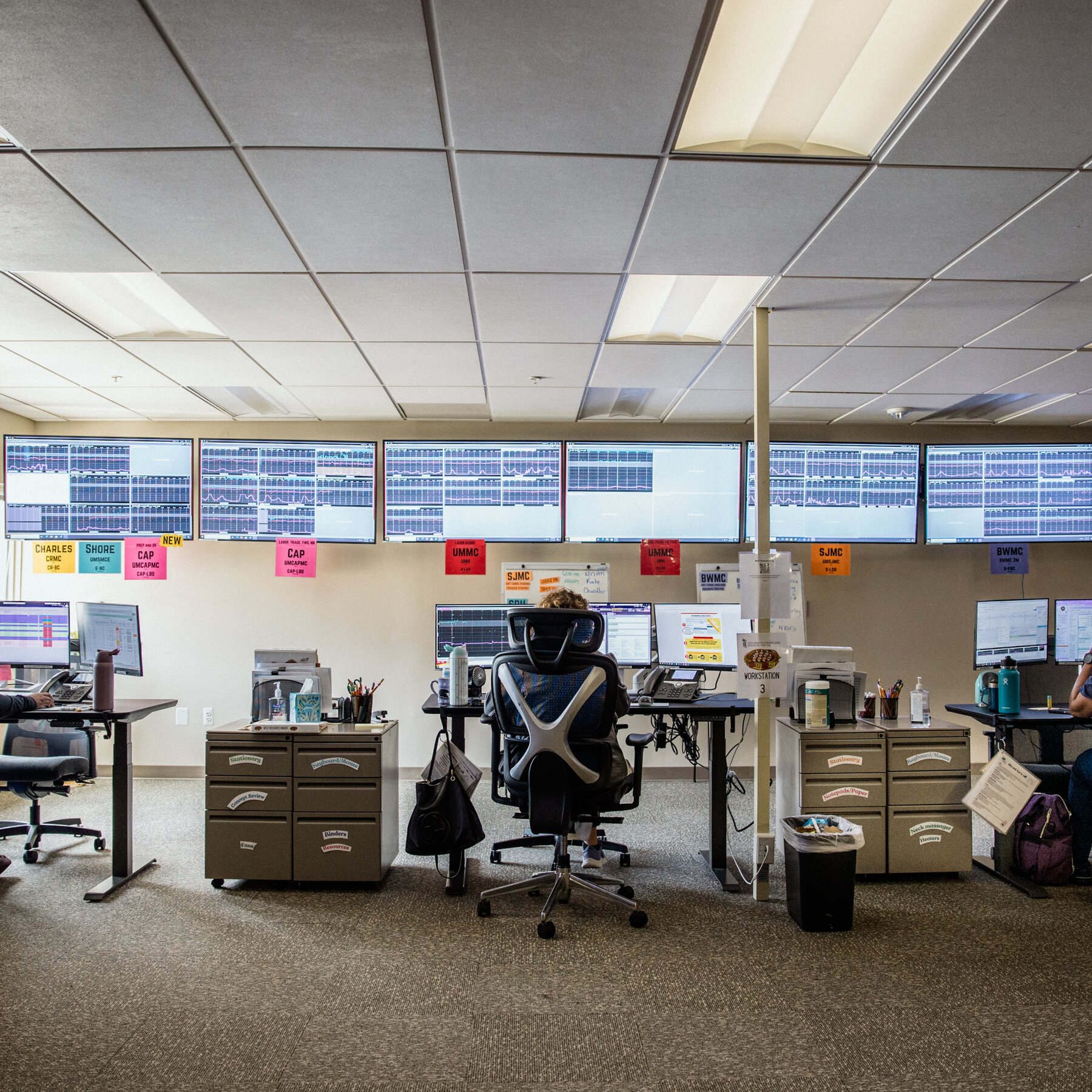A.I. Video Threatens the Trust Foundation of Documentaries

How Technology and Market Pressures Are Eroding Credibility
Recent advances in artificial intelligence, combined with shifting market dynamics, are quietly reshaping the relationship between documentary filmmakers and their audiences. What was once a clear line between fact and interpretation is becoming increasingly blurred.
The Rise of Synthetic Footage
Tools that can generate realistic video clips from text prompts are now publicly available. These systems can recreate historical events, fabricate interviews, or alter existing footage with astonishing fidelity. As the cost of producing high‑quality synthetic video drops, the temptation to use it—whether for artistic experimentation or commercial gain—grows.
Economic Incentives Fuel the Problem
Streaming platforms and advertisers demand ever‑more compelling content to capture viewers’ attention. The pressure to deliver “viral” moments can push producers toward shortcuts, including the use of AI‑generated scenes that look authentic but lack factual grounding.
Why Trust Matters in Documentary Filmmaking
Documentaries have long served as a bridge between history and public memory. When audiences cannot be sure that what they are watching is genuine, the very purpose of the genre is jeopardized. Misleading visuals can rewrite perceptions of past events, influencing public discourse and policy decisions.
What Can Be Done?
Experts suggest a multi‑pronged approach:
- Transparency: Filmmakers should disclose any AI‑generated content in the credits or accompanying materials.
- Verification standards: Industry bodies could develop guidelines for fact‑checking visual material, similar to existing journalistic practices.
- Technical safeguards: Watermarking and metadata tagging can help identify synthetic footage.
Only by confronting these challenges head‑on can the documentary community preserve its role as a trusted steward of history.






